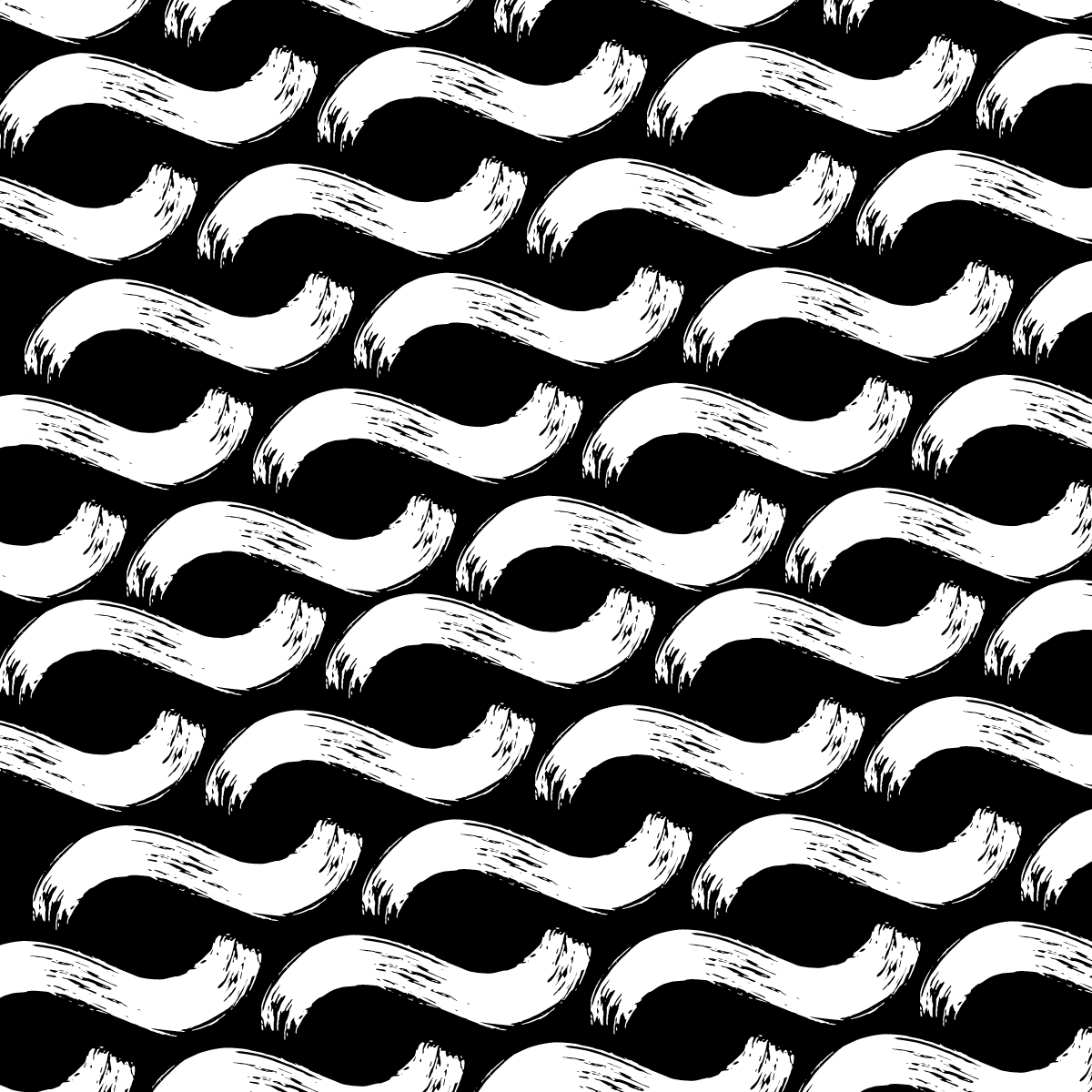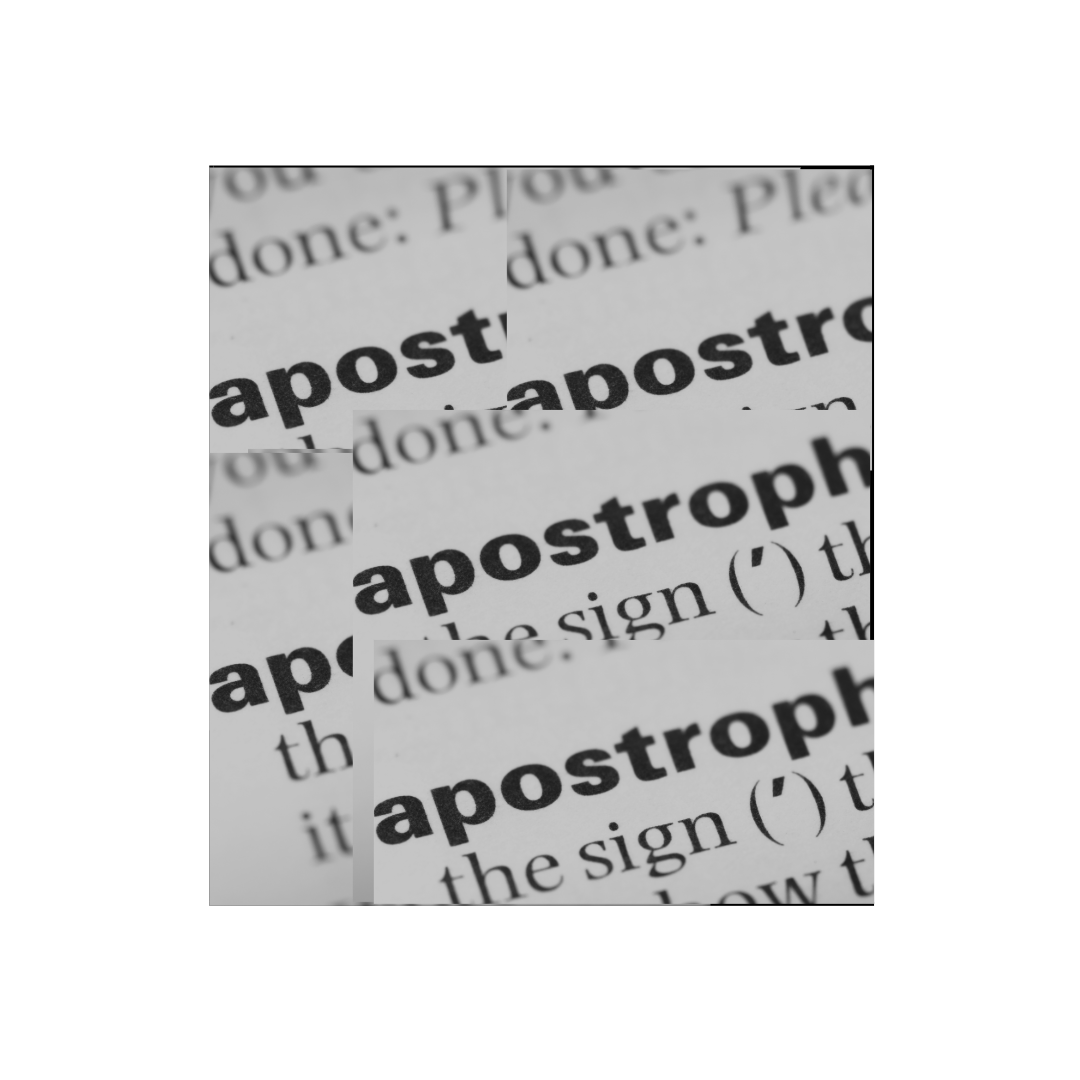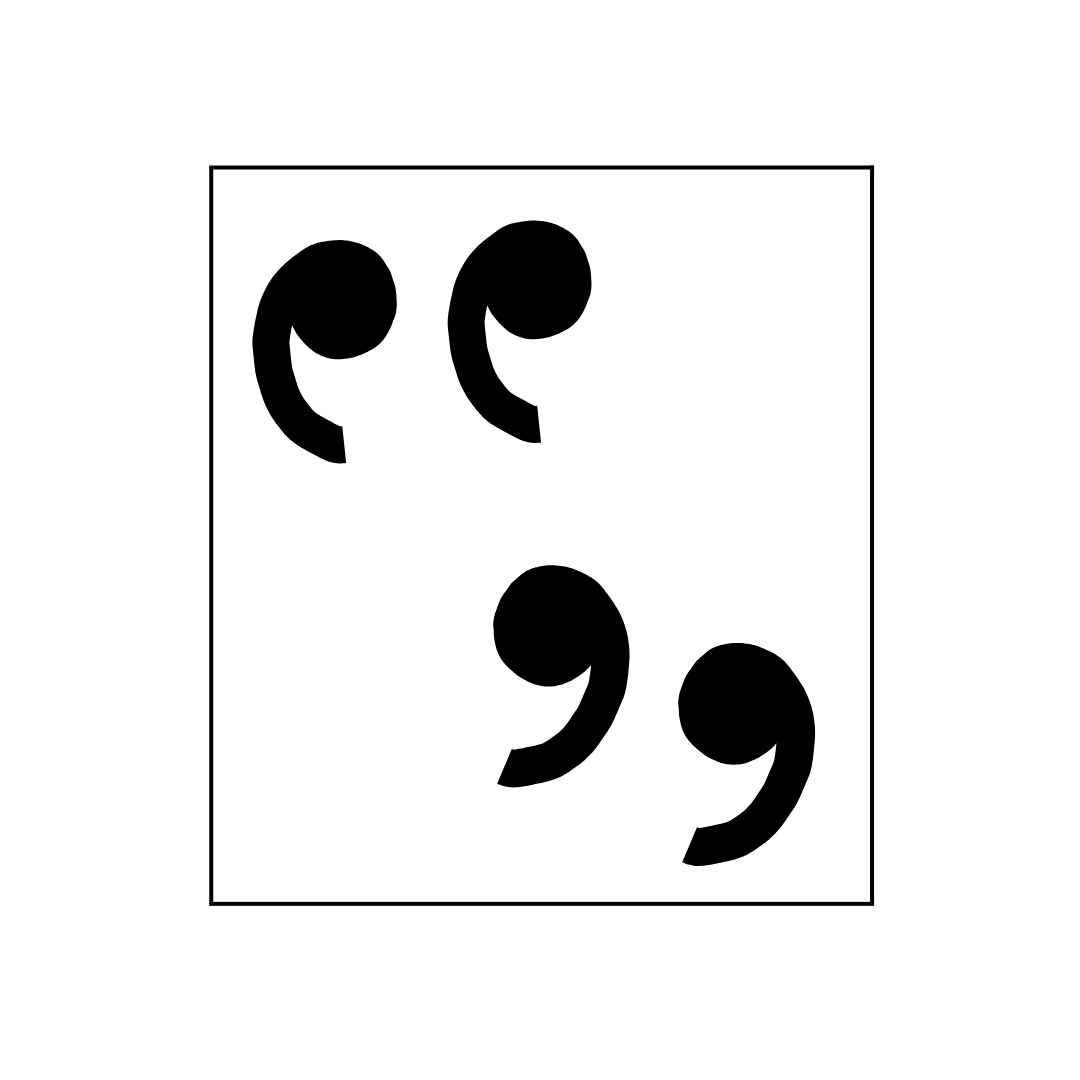Numbers
Numbers
The decision to use numerals (24) or words (twenty-four) comes down to the type of writing and the nature of the publication. Numbers are typically written out as words in fiction and in dialogue. In educational works, journalism and pieces where numbers are frequent it is recommended to use numerals.
The most common rule is to spell out numbers ‘one’ to ‘nine’ and then use numerals from 10 onwards, however, recently the Australian Government Style Guide controversially recommended spelling out only numbers ‘zero’ and ‘one’.
It is preferable to use words for large numbers such as ‘one million’ and ‘one billion’ when these values are used in an imprecise or general sense.
When writing a number in numerals place a comma for numbers above 999 (i.e. 1,000; 34,566; 1,625,938)
It is also important to remember, whether spelled out or in numerals, never start a sentence with a number.
Spell out numbers in speech and reported speech.
‘The train is coming in twelve minutes.’
Spell out numbers that appear rarely.
The odds must be one in a billion.
Spell out ordinals.
There are medals for first,secondand thirdplacements
Dates and Time
The Australian style for dates is ‘Day/Month/Year’.
9/09/24 or 9 September 2024
Seventies (capitalised) or 70s (no apostrophe)
Twentieth century is preferable, but otherwise use 20th century
10 am (spaced)
7.50 pm (period between hour and minute, not a colon)
Measurements
There should be no space between a number and its associated symbol of measurement.
Percentages
12%
Degrees
29°
Currencies
$10
However, leave a space between a number and an abbreviated unit of measurement.
50 km/h
9 m
30 °c






